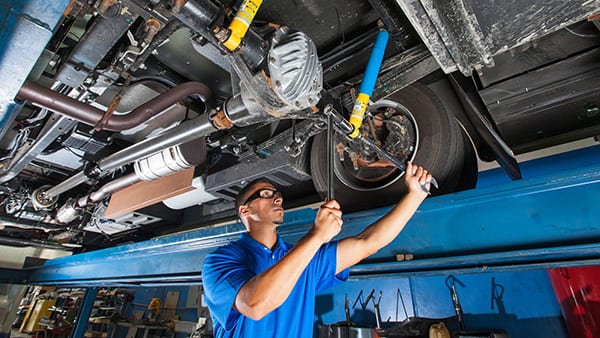Extended warranties are often not well regarded no matter what industry they are in; many times the customer does not understand the scope of the coverage or the company will not be thorough enough in during the sales process on what will be covered and what will not. Either way this can often lead to frustrating situations where an expectation is not met.
When looking at an extended warranty, be sure to know the ins and outs of the coverage that is offered. Many times the coverage will be precisely laid out in their terms of service. Each individual component may have stipulations on which parts are covered and in which situation they are covered.
There are many moving parts to an extended warranty operation. It often consists of 3 or more parties, these being:
The buyer: The person purchasing the service contract.
The Administrator: The company that makes the calls and secures your business. They are also responsible for handling and paying claims. This will be your main point of contact when using your service contract.
The Underwriter/Insurace Company: The company that ensures all extended warranty agreements are financially guaranteed even if the administrator were to go belly up. Typically an extended warranty provider must be backed by one of these companies by law, however in many states warranties do not fall under the umbrella of “insurance” and therefore do not have to have this guarantor. A good mark of a company is one that can promote it’s qualified underwriting.
If you are planning on purchasing an extended RV warranty, be sure that you are fully versed in the scope of your service contract. Be aware that your coverage will not be a blanket that takes care of everything; however it will take care of exactly what is specified in the service contract. The best possible way to use an extended RV warranty is to keep your expectations within the scope of your agreement.

